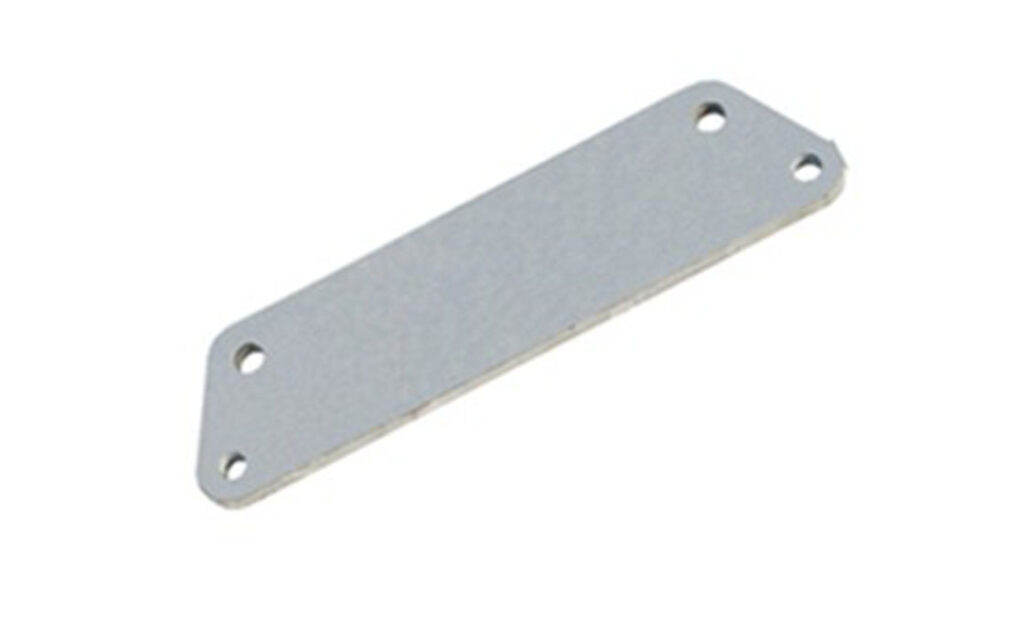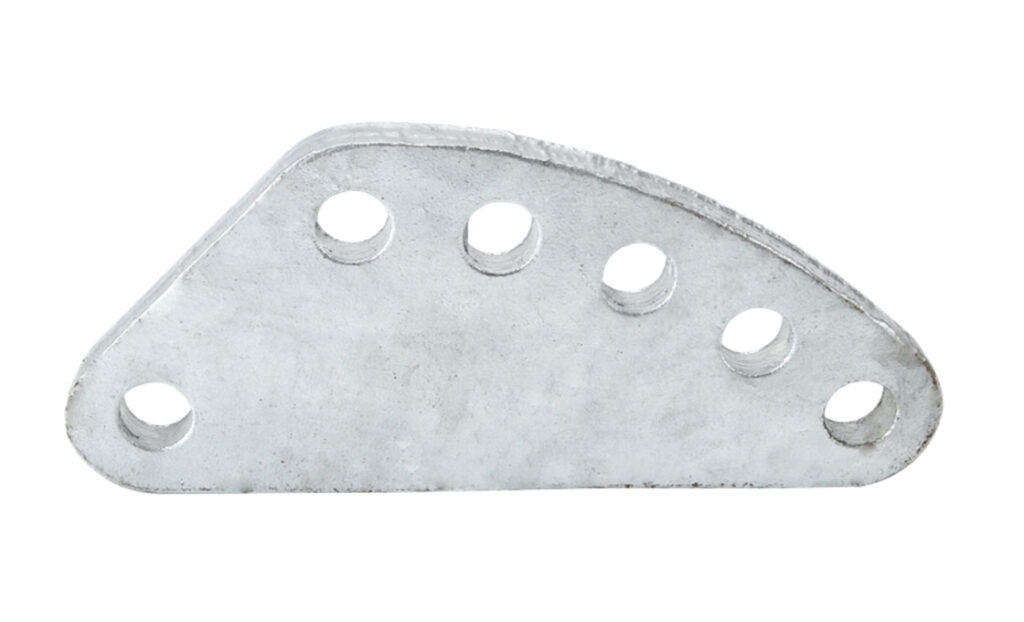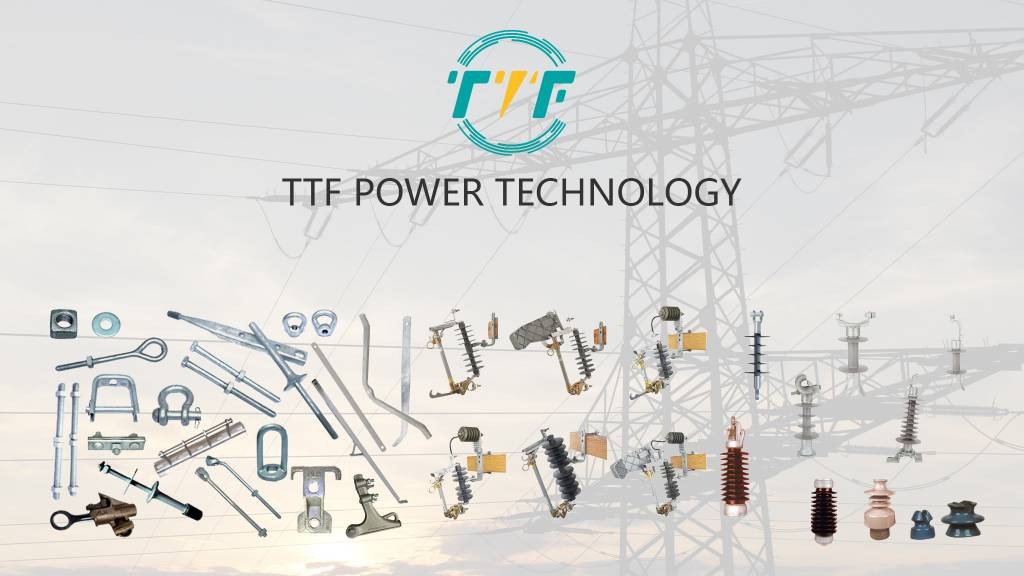
Verano’s Domeyko solar-plus-storage project in Chile consists of an 83 MW solar PV plant and a 660 MWh battery energy storage system. This enables the country to harness copious solar energy during peak sunlight hours while also storing excess energy for later use during low-production seasons. The project costs roughly $230 million and is projected to be operational by the end of 2026. This collaboration adds to Chile’s goals of diversifying its energy mix and lowering carbon emissions. The project’s use of battery energy storage technologies allows extra energy to be stored and deployed during high demand periods. The initiative also addresses issues such as energy conservation and grid stability to assist the government in meeting its sustainable energy targets. A yoke plate facilitates the safe and efficient transfer of electricity from large-scale solar farms and BESS to the grid.
In large-scale solar-plus-storage systems, electricity generation and discharge from BESS can cause variations in electrical requirements. A yoke plate helps disperse loads, reducing mechanical stress on the transmission system. Yoke plates are used in insulator string assemblies to link many insulators in high-voltage power lines. This ensures adequate mechanical and electrical isolation between cables and supporting structures. Yoke plates are also used in high-capacity transmission lines, allowing more solar and stored power to be sent to demand centers. The yoke plate must provide substantial mechanical support to prevent power line breakdowns in extreme weather situations such as earthquakes.
The role of a yoke plate in solar and storage projects
A yoke plate is a mechanical component used in the design and installation of power infrastructure, solar, and energy storage projects. It maintains the structural integrity, stability, and performance of solar panel mounting systems. It can provide strong, durable, and dependable connections to improve energy generation and storage. They support the safe and effective deployment of renewable energy infrastructure to help achieve the clean energy targets. A yoke plate serves the following purposes in a solar-plus-storage plant in Chile.

- Structural support and stability—the yoke plate connects and secures components of solar panel mounting systems. These include rails, frames, and support structures. The yoke plate provides a stable connection to ensure the solar panel remains securely mounted.
- Load distribution—solar panel arrays and storage systems face mechanical loads, including the weight of the panels. The plate helps distribute the loads across the mounting system and reduce stress on individual components.
- Integration with tracking systems—yoke plates connect the moving parts of the tracker to follow the sun’s movement.
- Support for energy storage infrastructure—yoke plates serve in the construction of storage system mounting structures for battery units. They provide stability and alignment for the components and ensure the safe and efficient operation of the storage system.
- Alignment and adjustability—the yoke plate allows for precise alignment and change of solar panels and ensures optimal tilt for greatest sun exposure.
Potential hurdles in developing the solar-plus-storage project in Chile.
The Verano project may confront a variety of technical and non-technical problems. This is owing to Chile’s distinct geographical, legal, and environmental factors. The project has the potential to significantly advance Chile’s renewable energy aspirations. Addressing these issues necessitates meticulous preparation, inventive solutions, and stakeholder involvement. TTF is a world-class global provider of high quality overhead line hardware, transmission hardware, distribution hardware, conductors, insulators, cutout switches, anchoring and grounding products. The project’s potential development obstacles are as discussed below.

- Grid integration—Chile’s grid infrastructure in remote areas with high solar potential may not be able to handle the extra capacity from solar and storage projects. This will need transmission line upgrades to support the integration.
- Extreme weather conditions—the diverse climates in Chile include extreme conditions such as high UV radiation, temperature fluctuations, and sandstorms. This can affect the durability and performance of solar panels and storage systems.
- Technological risks—solar-plus-storage technology is evolving, and there may be risks related to the performance, efficiency, and lifespan of batteries.
- Energy storage degradation—Batteries used in energy storage systems degrade over time to reduce their efficiency and capacity. Putting in place advanced battery management systems using high-quality batteries can help address storage challenges.
- High initial costs—solar and storage projects need high upfront investment in solar panels, batteries, inverters, and other infrastructure. Energy storage systems can be expensive.